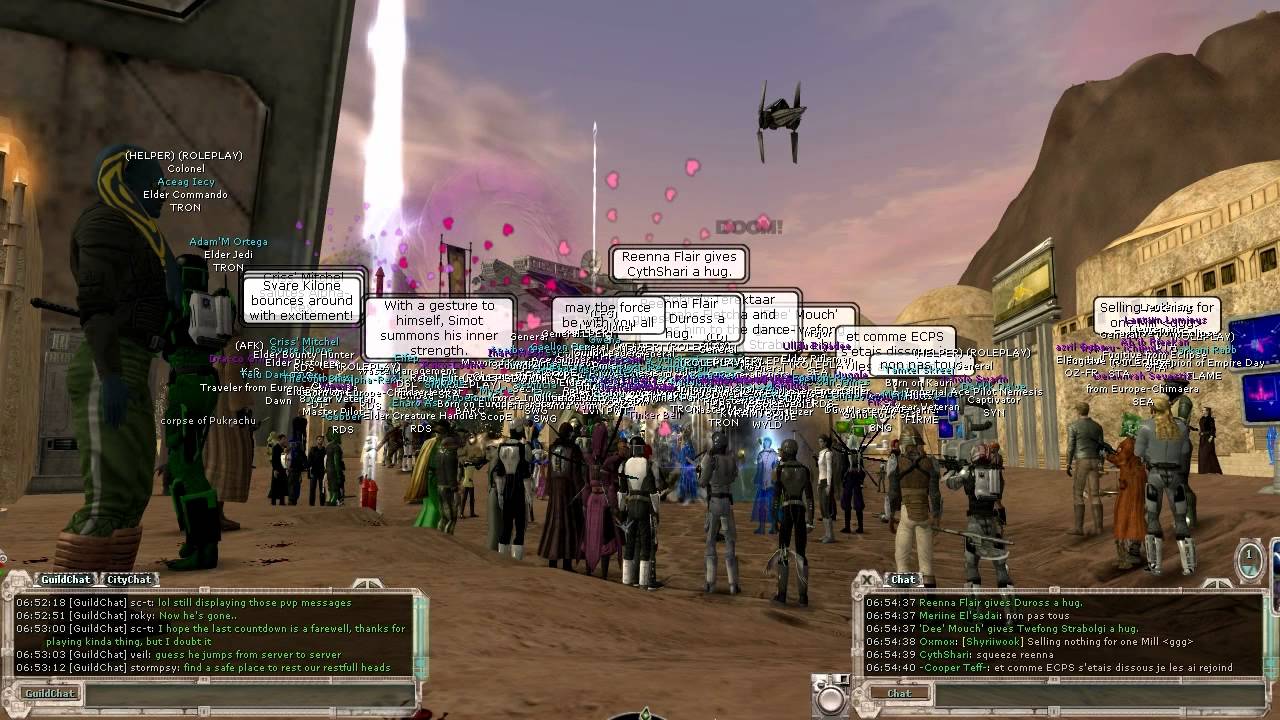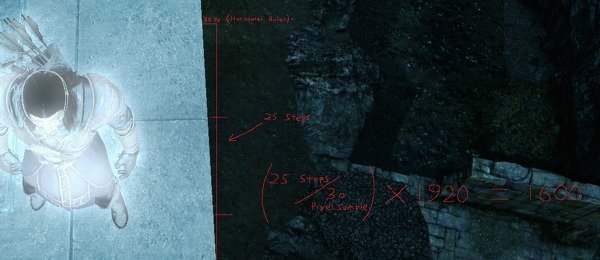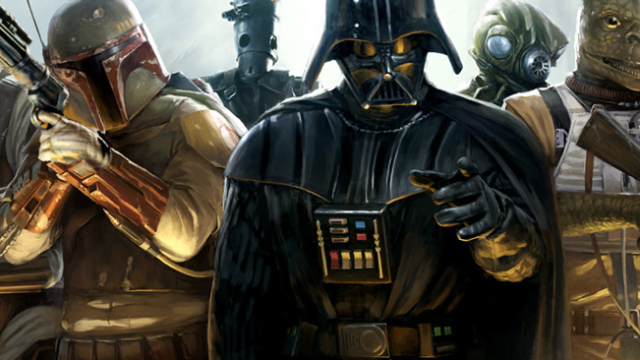It’s been a few weeks since Worth Reading, our weekly round of the best games writing around, but it’s good to be back.
Hey, You Should Read These

“How Players Revived Star Wars Galaxies And EverQuest” by Steven Messner
The video game industry is terrible at archiving what it makes, so we’re left with fans picking up where companies leave off. This is especially complicated with online games, in which key components — like, say, the way servers work — are never released to the public. And yet, through a little luck and sheer determination, groups have brought “dead” games like Star Wars Galaxies back to life. In the case of a EverQuest, the developers even signed onto the project!
Here’s an excerpt from the piece:
I am standing in a place that shouldn’t exist. It shouldn’t exist because back in 2011 it was decided that this place and the countless others connected to it were no longer financially viable enough to warrant their own existence. Four years ago, almost to this date, thousands of players gathered where I am standing right now to witness the final moments of Star Wars Galaxies.
“When I was very little, I used to create trial accounts of the game for hours and hours just to continue exploring,” John tells me. “Even though I never made it off of Tatooine or past level 12, I fell in love.” That love is what inspired John, better known by his peers as Aconite, to get involved with the community dedicated to preserving and restoring Galaxies to what it used to be. He’s part of a growing trend of MMOs that find a second life through the reverse engineering, emulation, and sometimes theft of their biggest fans.


“Inside Digital Foundry: Teach yourself pixel-counting” by Richard Leadbetter
Even though I’m not someone overly concerned with frame rates, the underlying process of understanding the technical working of games is fascinating to me. There are few places better at breaking down how a game ticks than Digital Foundry, and if you’ve ever wanted to know how they pull it off, this article helps. It’s surprising how much is accomplished with simple tricks — I assumed a bunch of it was thanks to expensive tech few could afford!
Here’s an excerpt from the piece:
Pixel-counting – as it’s known – is a fairly simple procedure. Back in the day, we would require access to lossless captures from the consoles in making our analysis, requiring an expensive capture card. But in the current generation console era, Sony and Microsoft have made it very easy for everyone to gain access to premium quality screen captures – both PlayStation 4 and Xbox One allow users to produce PNG shots of in-game action that can be copied onto a USB stick then taken over to your computer for analysis.
And that’s where the actual pixel-counting procedure takes place. What’s required to ascertain native resolutions are long, preferably sharp geometric edges, preferably high contrast in nature to highlight the ‘stair-step’ edges of the line. From there, across what is generally a 30 pixel sample, we count the amount of stair-steps generated by the console. Assuming we’re talking about vertical resolution, 20 steps from a 30 sample gives us this calculation – (20/30) x 1080. End result: 720p. If you see 25 steps, that’s (25/30) x 1080… 900p.
If You Click It, It Will Play
Oh, And This Other Stuff
- David Wolinsky interviewed a former theatre major who became a professional designer, thanks to someone at Infinity Ward liking his level.
- J.F. Sargent argued six ways we could be better nerds in the coming year.
- Gamechurch ranked the best games of 2015, according to Jesus. (Seriously.)
- Adrienne Shaw explored why a poll about people who play games revealed a significant portion of them do not consider themselves “gamers”.
- Brandon Sheffield rounded up the end-of-year list we were all waiting for: the most surprising video games from the ’90s.
- Matthew Gault applauded how The Witcher 3 “understands war” in the way it deals in choices and consequences.
- Dan “Dirt” Ryckert chronicled our Mario rivalry and how he built his levels.

Comments
One response to “How Star Wars Galaxies Fans Brought A Dead Game Back To Life”
Hey can give a quick overview of what each of the “Click it, it will play” videos are? Some look interesting but I’d like to know before I bother to open them.